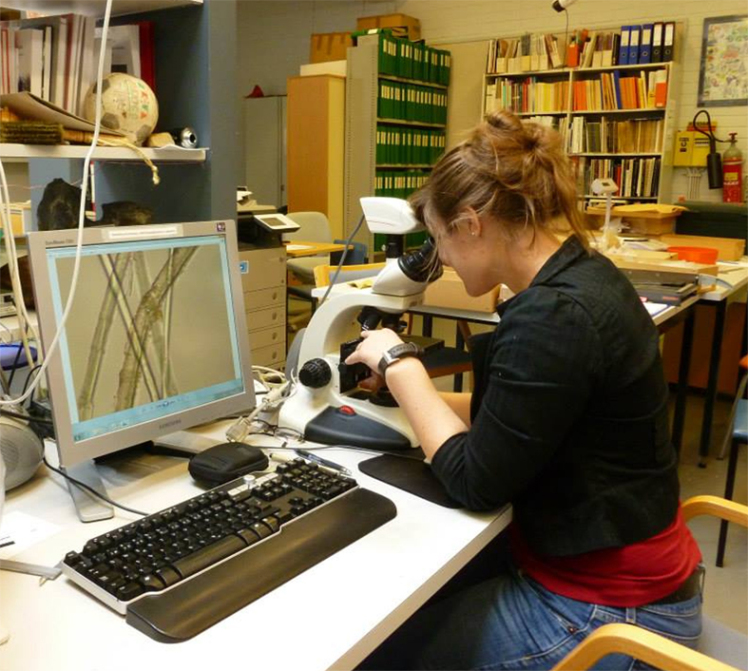Overview
This project is the direct result of three years of trans-Atlantic collaboration, between Dr. Sanna Lipkin, a researcher at the University of Oulu, Finland, and Erika Ruhl, a PhD Candidate at the State University of New York (SUNY) at Buffalo, and centers on a number of burials beneath the floors of churches in northern Finland, dating between the 15th and 19th centuries. The burials originate from churches in Oulu, Haukipudas, Keminmaa and Hailuoto, and exhibit excellent preservation due to cold temperatures and dry, well-ventilated air. Many of these burials are mummified, and the associated textile remains are in excellent condition. While the first three churches remain both standing, often in continuous use, at the churches of Hailuoto and Oulu, selvedge excavations during the 1980 – 2000s recovered material from more traditional archaeological contexts. The project is part of the activities of Church, Space, Memory Project (https://churchspacememoryproject.wordpress.com/) lead by Dr. Titta Kallio-Seppä at the University of Oulu.
Research questions address concepts of identity, with a particular focus on the cultural construction of children, childhood and gender in the context of the relatively high child mortality rate during this period due to poor sanitation and disease. While many studies address childhood in mortuary contexts, this project seeks a deeper understanding of these burials, exploring the intersectional aspects of children and childhood identity represented by these remains. This project also addresses the impact of children – and the loss of a child – on both the child’s family and the community at large.
The information gained through the course of this collaboration contributes to a wider discussion on the cultural conception of children and childhood, children’s visibility in the archaeological record, the intersection of age with other aspects of identity, and children’s roles as social actors within society. The 2015 summer field season resulted in a co-authored paper presented at the 2016 SHA Conference. Titled, “Mourning for Children in northern Finland – Funerary attire in the 17th-18th century contexts,” the paper utilized textile analysis completed over the 2015 summer field season in context with historical documents, records and practices to explore mourning for children in a time with high child mortality rates. Additionally, the 2016 field season has yielded both an EAA paper (“A stitch in time: Use and re-use of funerary textiles in pre-Modern northern Finland”) and an additional paper for the 2017 SHA conference (“Textiles – Decay and Preservation in Burials”). This material will also be utilized for Ms. Ruhl’s PhD dissertation. While tangentially related to the theoretical approach, this project has added significance for its potential to assist local churches in implementing plans to ensure the continued preservation of these burials.
Media

